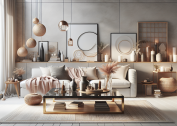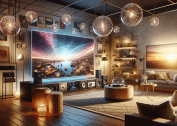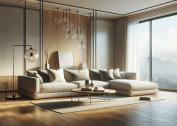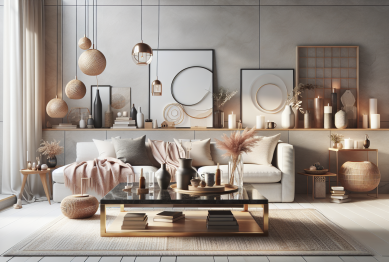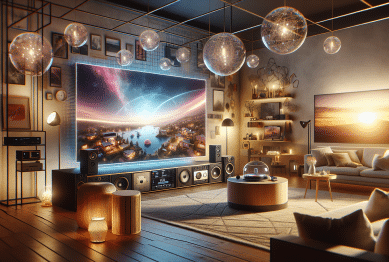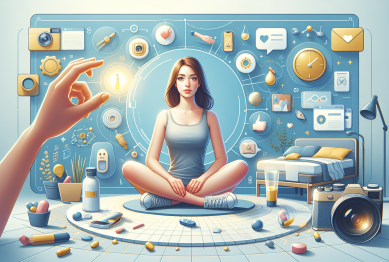Introduction
Clean design and mental clarity go hand in hand. When your environment—digital or physical—is thoughtfully minimal, it becomes easier to focus, think clearly, and feel at ease. In today’s fast-paced world, choosing simplicity in design can be a powerful step toward better mental health and productivity.
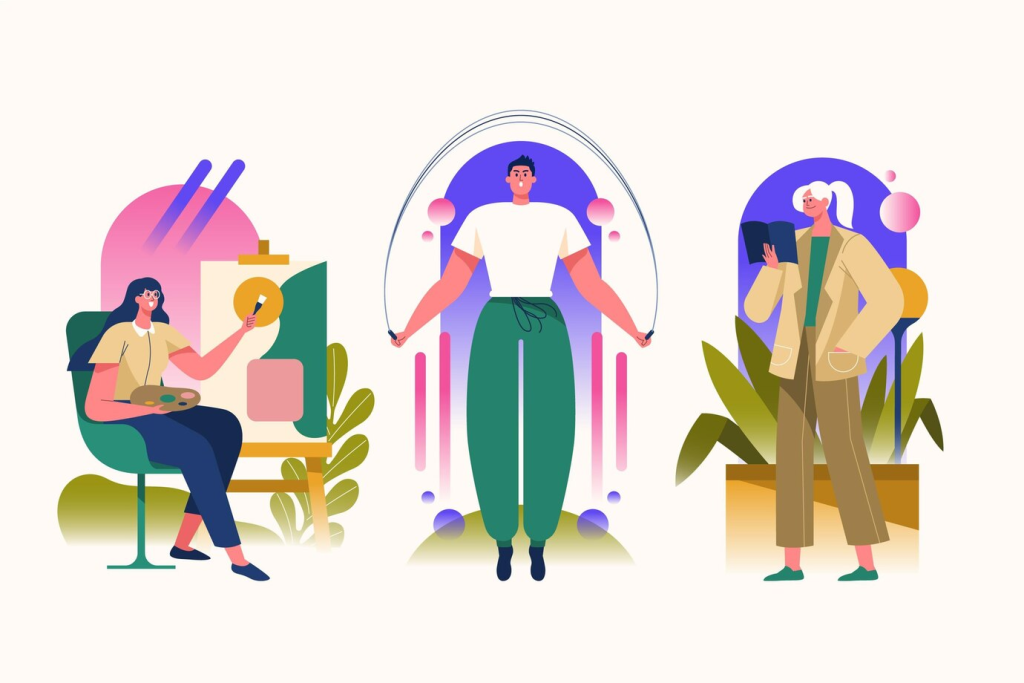
1. What Is Clean Design and Why It Matters
Clean design emphasizes simplicity, space, and function. Whether in your home or on your screen, it’s about reducing visual noise and highlighting what truly matters.
Less Clutter = Less Stress
A cluttered space often mirrors a cluttered mind. Clean lines, neutral colors, and intentional use of space can create an environment that soothes rather than stimulates.
Why It Works: Visual simplicity reduces cognitive load, making it easier to concentrate and make decisions.
Pro Tip: Start small—clear one surface (like your desk or desktop) and keep only what serves a purpose.
2. Digital Interfaces and Focus
Clean digital design isn’t just aesthetic—it affects how efficiently we use apps and websites.
Design That Thinks for You
Good design reduces friction. It guides your attention to what matters and removes distractions that interrupt your flow.
Why It Works: Clean interfaces reduce decision fatigue and help you stay focused on the task at hand.
Pro Tip: Use minimalist productivity apps like Notion or Bear that emphasize clarity over clutter.
3. Interior Design and Mental Clarity
Your physical environment directly impacts your energy, focus, and mood.
The Power of Space and Light
Natural light, open space, and intentional layout all support mental ease. Even a few design tweaks—like reducing decor or choosing lighter colors—can shift the atmosphere.
Why It Works: A calming space cues your brain to slow down, rest, or focus more easily.
Pro Tip: Use a one-in, one-out rule with home items to keep your space clean over time.
4. Clean Doesn’t Mean Cold
Minimalism is often mistaken for sterility, but clean design can still be warm and welcoming.
Design for Feeling, Not Just Function
Texture, warmth, and personality can coexist with simplicity. The key is balance—let form support function, and let space breathe.
Why It Works: A clean yet cozy space encourages emotional comfort without visual overwhelm.
Pro Tip: Combine clean lines with natural materials like wood, cotton, or stone to create calm with character.
Conclusion
Clean design is more than a visual trend—it’s a tool for mental clarity and emotional balance. Whether you’re curating your home, redesigning a workspace, or rethinking your digital tools, remember: clarity outside can create clarity within. Simplicity isn’t about having less—it’s about making room for what truly matters.
References
- Harvard Business Review (2019). Why Simplicity in Design Matters for Focus. Available at: https://hbr.org
- Minimalissimo Magazine (2023). The Psychology of Minimal Design. Available at: https://minimalissimo.com
- Psychology Today (2022). How Your Physical Space Affects Mental Well-being. Available at: https://www.psychologytoday.com

